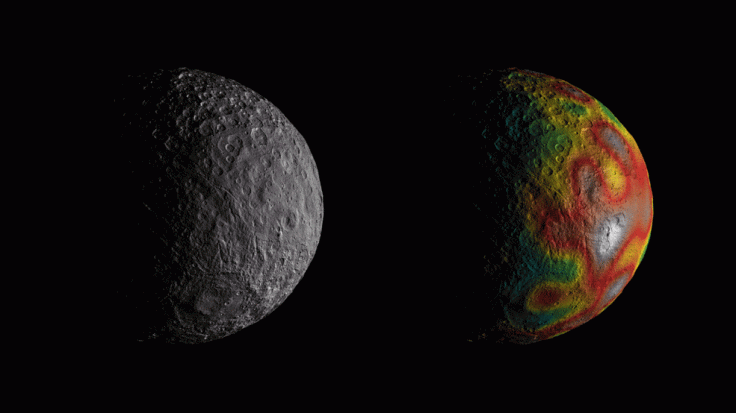
A team of three astronomers recently found out that powerful winds that are driven by supermassive black holes in the centres of the dwarf galaxies impact the evolution of the galaxies to a great extent by suppressing star formation.
The dwarf galaxies are basically small galaxies containing some 100 million to a few billion stars whereas the Milky Way has 200-400 billion stars. One of the astronomers at the University of California, Gabriela Canalizo said: "We expected we would need observations with much higher resolution and sensitivity, and we had planned on obtaining these as a follow-up to our initial observations."
Canalizo, the professor of physics and astronomy at UC Riverside who led the research team further added: "But we could see the signs strongly and clearly in the initial observations. The winds were stronger than we had anticipated."
The study, which appeared in The Astrophysical Journal, was conducted by Laura V. Sales, who is an assistant professor of physics and astronomy, and Christina M. Manzano-King, who is a doctoral student in Canalizo's lab. They used a portion of Sloan Digital Sky Survey's data which maps over 35% of the sky which helps to identify around 50 dwarf galaxies and 29 of them had signs of being associated with the black holes in their centres.
According to a press release, the study showed that 29 galaxies showed evidence of high-velocity ionized gas outflows from their active black holes. Canalizo explained: "Our findings now indicate that their effect can be just as dramatic, if not more dramatic, in dwarf galaxies in the universe."
"Using the Keck telescopes in Hawaii, we were able to not only detect, but also measure specific properties of these winds, such as their kinematics, distribution, and power source -- the first time this has been done," Canalizo added. "We found some evidence that these winds may be changing the rate at which the galaxies are able to form stars."
After this, the researchers are planning to study the mass as well as the momentum of gas outflows in the dwarf galaxies.









